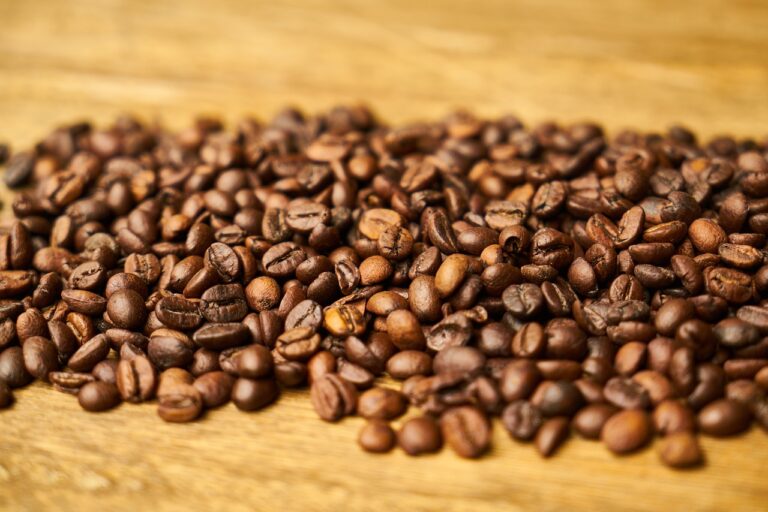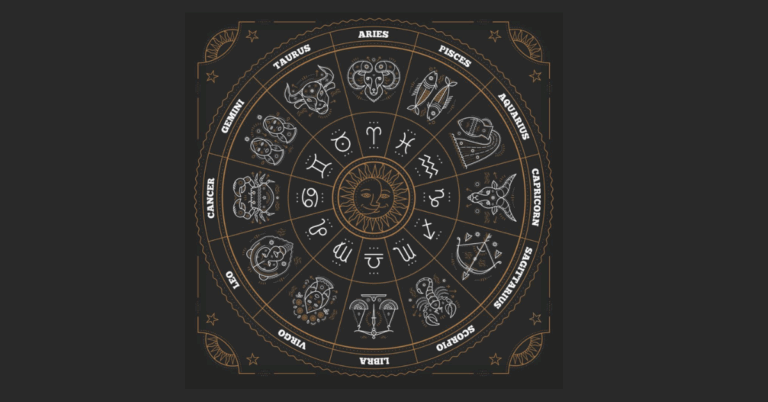Exploring Different Dance Forms and Their Origins
Dance has been an integral part of human expression since ancient times. In various civilizations, from Egypt to Mesopotamia, dance served as a means of storytelling, religious worship, and celebration. Each culture developed its unique style of movement, reflecting its values and beliefs.
The ancient Greeks, for example, embraced dance as a form of artistic expression and entertainment. Their dances, such as the pyrrhichios and the cordax, were performed during religious festivals and social gatherings. The intricate choreography and rhythmic patterns of these dances showcased the Greeks’ reverence for beauty and harmony.
The Influence of Folk Traditions on Dance
Folk traditions have played a significant role in shaping various dance forms across different cultures and regions. These traditional dances are often deeply rooted in the history, customs, and beliefs of a community, making them a vital aspect of cultural expression. Through movements, music, and costumes, folk dances convey narratives that reflect the values and experiences of the people who perform them.
The influence of folk traditions on dance can be seen in the rhythmic patterns, gestures, and storytelling elements that are incorporated into a performance. These dances often serve as a way to celebrate important events, such as harvest festivals or religious ceremonies, and are passed down through generations as a means of preserving heritage. As a result, folk dances not only showcase the diversity of human expression but also serve as a unifying force that connects individuals to their past and community.
Classical Ballet: A History and Evolution
Classical ballet traces its roots back to the Italian Renaissance courts in the 15th century, where ballet as a performance art form began to take shape. It was not until the 17th century, however, that ballet truly flourished in the French courts under the patronage of King Louis XIV. With the establishment of the Académie Royale de Danse in 1661, ballet techniques became codified, leading to the development of the five basic positions of the feet that form the foundation of classical ballet technique.
Over the centuries, classical ballet has undergone significant evolution, with the introduction of pointe work in the 19th century by ballerina Marie Taglioni revolutionizing the art form. The Romantic era of ballet saw a shift towards storytelling and emotional expression, exemplified by classics such as “Giselle” and “La Sylphide.” The 20th century brought further innovation with choreographers like Marius Petipa and George Balanchine pushing the boundaries of technique and narrative in classical ballet repertoire.
What are some of the dance forms practiced in ancient civilizations?
Some of the dance forms practiced in ancient civilizations include Egyptian dance, Greek dance, and Indian classical dance forms.
How did folk traditions influence the development of dance?
Folk traditions played a significant role in shaping the movements, music, and storytelling aspects of dance. These traditions often reflected the cultural values and beliefs of a community.
How did classical ballet evolve over time?
Classical ballet evolved from court dances in the Renaissance period to the highly technical and expressive art form we see today. It has been influenced by various dance styles and techniques from different cultures.
What are some key characteristics of classical ballet?
Classical ballet is known for its emphasis on turnout, pointed toes, and graceful movements. It also often includes elaborate costumes, storytelling through dance, and a focus on precision and technique.
How has classical ballet influenced modern dance forms?
Classical ballet has had a significant influence on modern dance forms, with many choreographers and dancers incorporating elements of ballet technique and aesthetics into their work. This fusion has led to the creation of new and innovative dance styles.
What are some famous classical ballets that have stood the test of time?
Some famous classical ballets that have stood the test of time include “Swan Lake,” “The Nutcracker,” “Giselle,” and “The Sleeping Beauty.” These ballets continue to be performed worldwide and are beloved by audiences of all ages.







